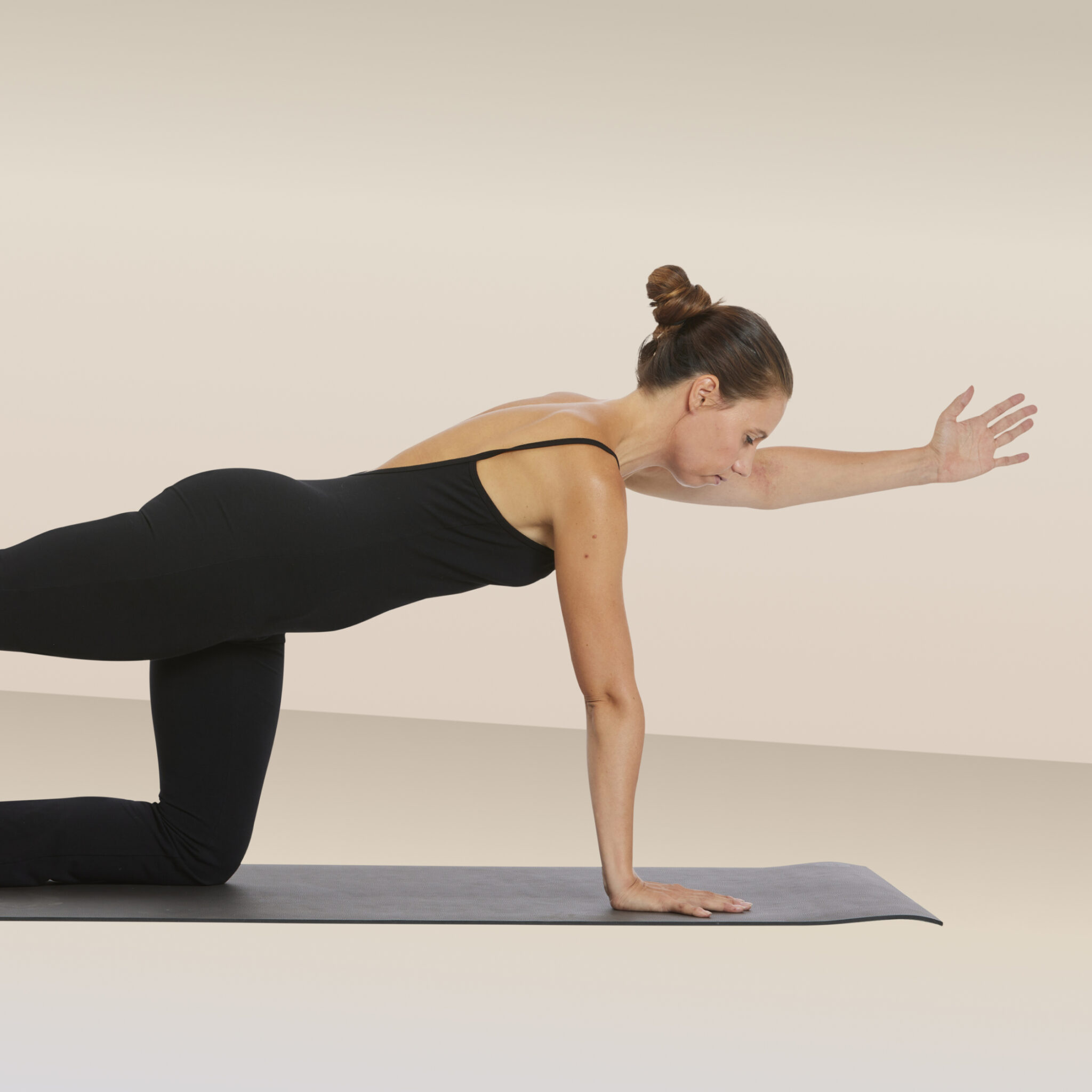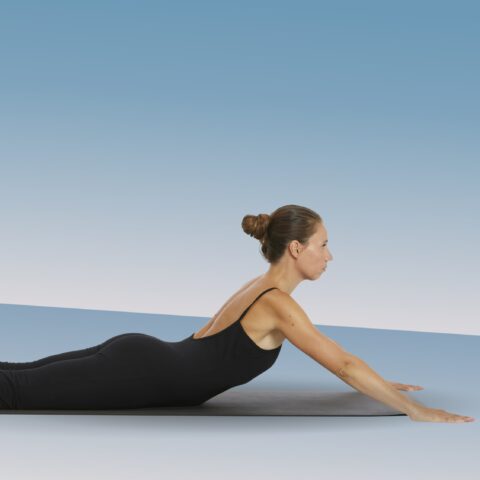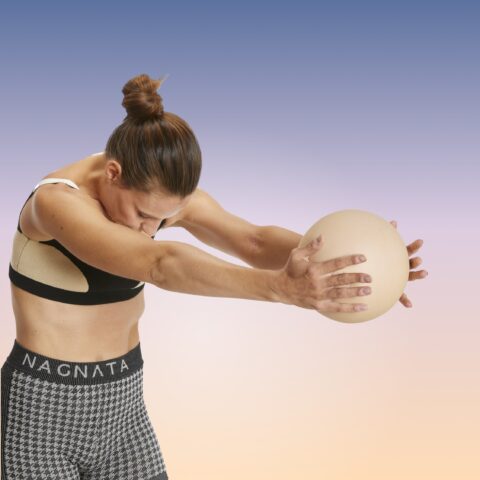Pilates is not just a workout; it’s a lifestyle that encourages mindfulness, body awareness, and inner strength. And trust us, once you start, you’ll wonder how you ever lived without it!
But before you step into a session for the first time, you might be wondering what to bring with you. Don’t worry, we’ve got you covered.
What to bring to Pilates class?
Preparing for your Pilates classes
By taking a few simple steps beforehand, you can set yourself up for success when joining Pilates classes:
Prep ahead of time
Prepping your Pilates bag the night before can save you from last-minute hassles and ensure you arrive to classes on time, or better yet early.
Choose the leggings and fitted top you’ll wear and pack them in your bag. It’s always better to come over-prepared and have everything you might need.
Dress comfortably and appropriately
Avoid wearing overly baggy clothing that might get in the way as you move.
Wearing form-fitting clothing, such as leggings, a fitted top, or a well-fitting t-shirt for your Pilates workout will help your instructor to see that you have proper form in the movements.
Additionally, you may want to wear socks or non-slip grippy socks, depending on the studio’s foot wear policy.
Hydrate and fuel
Stay hydrated before any physical activity and fuel your body with a light and nutritious snack, such as a piece of fruit or a small protein-rich snack, to provide energy for your Pilates workout.
Arrive early
Ensure a smooth start to your Pilates classes and aim to arrive early. This gives you time to change if you need to and to settle in.
Having to rush into a class inevitably affects the instructor and the other students, so be mindful of being on time or early.
What to pack in your Pilates bag
There’s nothing worse than realizing you don’t have something you need right as class starts. Set yourself up for success with these basics:
- Water bottle: Opt for a reusable water bottle that’s easy to carry and leak-proof.
- Grippy socks: Specialized grip socks are designed with rubberized soles to provide traction and stability on the mat or Pilates equipment. Wear these if you prefer not to go barefoot.
- Comfortable clothing: Bring comfortable clothing to wear to Pilates. It can also be a good idea to keep an extra set of leggings or sports bra just in case. Remember you can skip shoes in the class.
- Hair ties: Always keep extra hair ties on hand to keep hair out of your face. You want to wear your hair in a way that prevents distractions during your Pilates practice.
- Towel: Though Pilates is a low-impact workout, a small towel can be handy to wipe off any sweat and prevent slipping during mat work or on a machine. Look for a lightweight and absorbent towel that easily fits into your bag.
- Personal hygiene items: Wet wipes, hand sanitizer, and deodorant will help you feel clean and refreshed after your workout.
- Snacks: Keep a protein bar, or any healthy snack you prefer, on hand to refuel after class.
- Dry bag: This will help keep leggings and sports bras separate from your belongings after class.
What the Pilates studio should provide
There are always things your fitness studio will provide that you can cross right off your list of having to worry about. Here’s what they are:
Pilates equipment
This includes mats and props if you’re doing mat work or specialized exercise equipment (reformers, cadillacs, chairs, etc.) if you’re attending an equipment Pilates class.
Changing rooms and storage facilities
Changing rooms and secure storage such as lockers or cubbies to store your personal belongings while you’re practicing should be available to you.
Bathroom facilities
You can also expect access to clean and well-maintained bathroom facilities as a basic necessity, along with the other trimmings usually found in these spaces – soaps, napkins, and toilet paper.
Qualified instructors
Certified Pilates instructors will be there to guide you through the session, providing adjustments for all fitness levels, emphasizing posture, and instructing on proper form and technique for each exercise.
Arriving for your first Pilates class
Arriving for that first Pilates class can be exciting and slightly nerve-wracking for beginners, so it can be helpful to know what to expect:
Arrive early
Arrive at least 10-15 minutes before your scheduled class time, so you can complete any necessary paperwork, get familiar with the space, and set up your practice area. Arriving early also helps you to settle in and mentally prepare for the experience.
Check-in and registration
Upon arrival, check-in at the front desk. You likely be shown around the studio, so you can easily find your equipment, the changing rooms, and bathroom for next time.
This is also a good opportunity to ask questions and discuss your fitness level or any injuries with your instructor.
Set up your space
Once you’ve checked in, find a spot where you feel comfortable. If spot’s aren’t assigned, choose one that allows you to see and hear the instructor clearly. Lay out your mat or set up any equipment your instructor has let you know you will need for practice.
Remember to pace yourself
It’s important to pace yourself as you move through the exercises for the first time. As you build strength and familiarity with the exercises, you can gradually increase the intensity and difficulty level in your workouts.
Post-class recovery and self-care
What you do after your next class will set you up for success just as much as everything you did to prepare for it. Consider incorporating a solid recovery routine:
- Refuel: Drink plenty of water even after low impact exercise, and eat the protein filled snack you packed to help you gain strength.
- Take a warm bath or shower: Consider adding Epsom salts or essential oils to relax your muscles.
- Massage or foam rolling: Foam rolling the legs or massage will alleviate muscle tension and promotes recovery.
- Stretch: Incorporate stretching or yoga into your post-class recovery. This improves flexibility, reduces muscle tightness, and promotes relaxation.
- Listen to your body: Pay attention to how your body feels. Rest those core muscles and allow yourself time to recover if that’s what your body is calling for.
- Get enough sleep: Adequate sleep is essential for muscle recovery and overall well-being. Aim for 7-9 hours of quality sleep each night to support your body’s recovery processes.
Remember, your Pilates classes are an opportunity to learn and have fun. Embrace the experience, have an open mind, and enjoy the journey of discovering the benefits of Pilates.







